The Gallery’s Virtual Field Trip program brings video-based tours and workshops directly into Gr 1-12 classrooms.
Designed with input from teachers, each Virtual Field Trip includes a video tour of an exhibition, a step-by-step video art lesson, a set of digital slides of artworks, an art lesson plan, and printable activities to extend learning before and after the Field Trip.
New Virtual Field Trips will be added to the program throughout the year. The program focuses on artists and their cultural and historical context, as well as the elements of design and the materials used. Opportunities for cross curriculum learning are touched on throughout with connections to History, Language, Indigenous Learning, Social Studies, and Science throughout. This format reflects our long-standing curriculum-based approach to arts education.
Video Tour
- A series of video segments, each focusing on a specific artwork or section of the exhibition.
- At the end of each segment, a guiding question is offered to encourage discussion led by the teacher in the classroom.
- Student or teacher questions can be submitted to our Education team for further explanation after the tour.
Hands-on Art Lesson
- Draws inspiration from the artworks highlighted in the video tour.
- Provides step-by-step instruction. After each step the video can be paused for students to work as a group through that step.
- Uses supplies readily available in most classrooms.
Current Virtual Field Trips
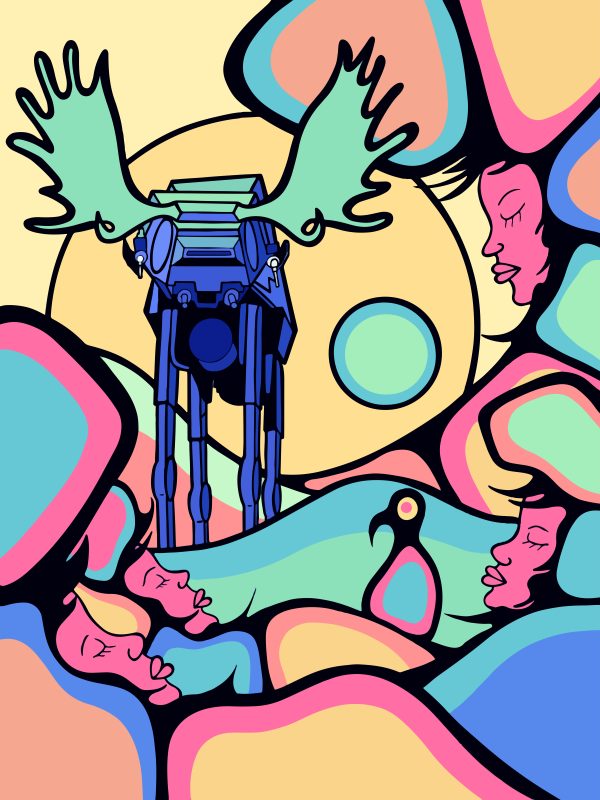
woodland POP!
Welcome to our Virtual Field Trip of woodland POP! Tied for second best Art Exhibit of 2022 in The Walleye, this video is broken into nine segments. Each section features a deeper look at Woodland Style Art, Pop Art, and the different mediums that are used by practising artists today.
Worksheets to help students follow along throughout the video tour have also been provided.
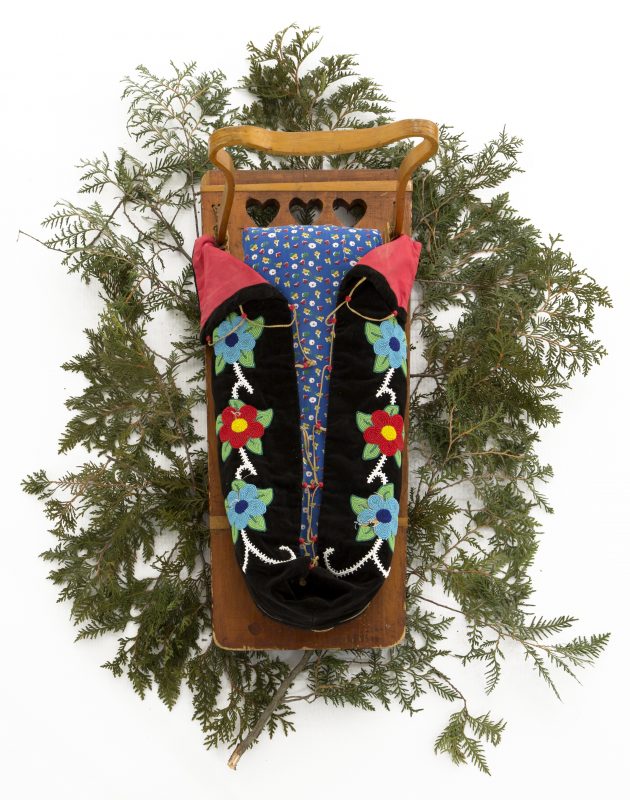
Dakobinaawaswaan
We invite you to join us on a special Virtual Field Trip of Dakobinaawaswaan (Baby in a Cradleboard). It is upon request by Shirley Stevens and the Cradle Keeper Cooperative that this tour is viewed in its entirety, if possible for your class/students. Broken into six segments, this video explores Indigenous cradleboards along with their benefits and uses. A young couple demonstrates how they wrap their baby in a cradleboard, or tikinanaagan. The video shares personal stories about how cradleboards connect people, families, and communities to a way of life.
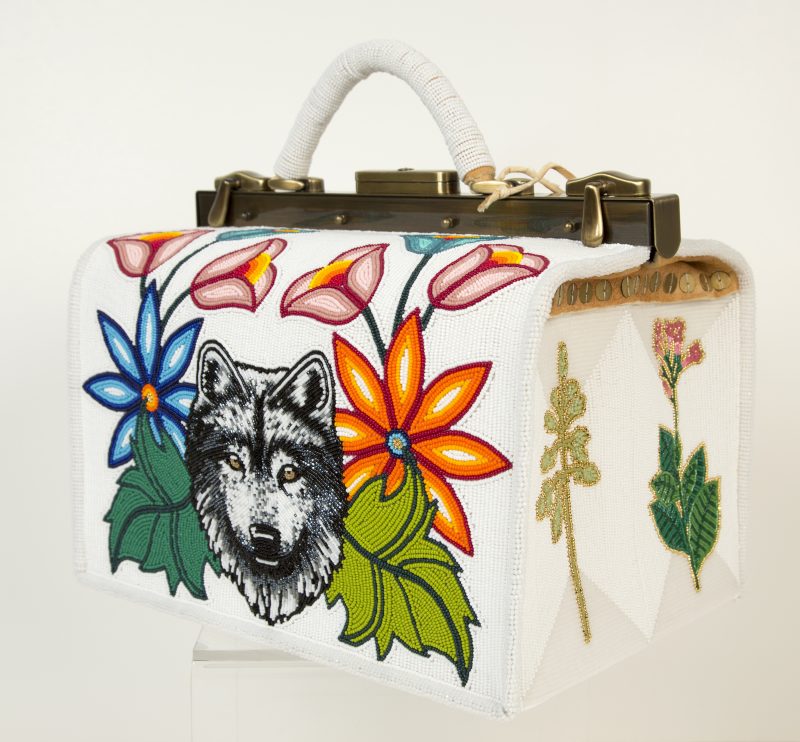
Piitwewetam: Making is Medicine
We invite you to join us on a very special Virtual Field Trip of Piitwewetam: Making is Medicine. This commemorative art exhibition honours Jesse Gustafson, also known as Piitwewetam (Rolling Thunder), who travelled to the spirit world after a car accident in 2015. When Jesse died, his parents, Ryan and Shannon, and his sisters, Justine and Jade, came together weekly to create. They worked together to make Regalia pieces, Bandolier Bags, and Star Blankets. The Gustafson family reminds us that making has a way of healing, it is a form of good medicine. Through this Virtual Field Trip, students will learn to demonstrate an awareness of the ways in which visual art can reflect the identity, beliefs, and experiences of an artist.
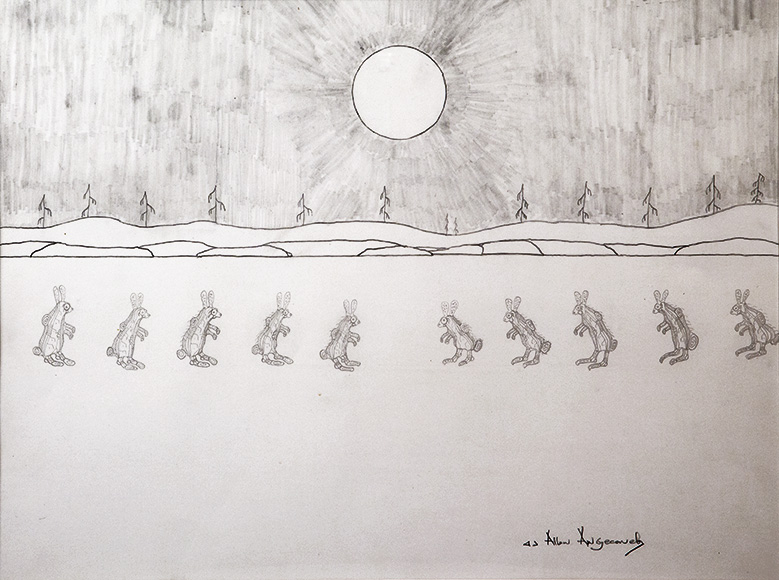
Waabooz/Rabbit
Follow us down the rabbit hole for our second Virtual Field Trip, Waabooz/Rabbit, voted best art exhibit 2020 by The Walleye. This dynamic exhibition takes a deeper look at the rabbit, how it has been seen, spoken of, used and reproduced in art and culture. Students will explore artworks from the Gallery’s Permanent Collection made by contemporary regional and Indigenous artists. In addition, students will create their own pencil drawing inspired by Anishinaabe artist, Ahmoo Angeconeb, while exploring the elements and principles of design, such as line, value, shape, and contrast.
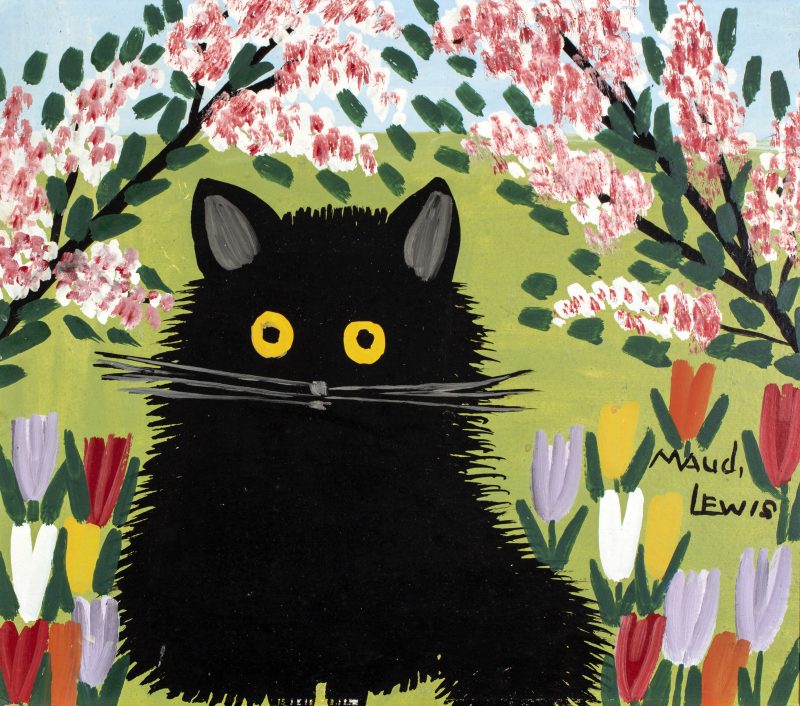
Maud Lewis
Our first Virtual Field Trip will bring students into the delightful world of Maud Lewis. This well-known folk artist from Canada’s East Coast is recognized for her colourful landscape paintings depicting life in rural Nova Scotia. Challenged by a lifelong disability related to juvenile arthritis, Maud always focused on the bright side of life. Students will discover what art tells us about history, how to ask critical questions about artwork, and how artists use their art to face challenge and adversity. Students will learn about landscape painting and explore the elements and principles of design, such as colour theory, line, texture, space and form.
Access our Virtual Field Trip content today


